The Langhe region of Italy offers a taste of the extraordinary to those who have patience. Located in the heart of Piedmont—bordered by France to the west and Switzerland to the north—even the act of traveling to the Langhe requires patient determination. For international travelers, there are no direct flights or trains. The journey requires time and effort. The same can be said about wine and truffles, just two of the many high-quality products that entice travellers from across the world to the area. Thousands make the pilgrimage to the Langhe in October for the annual Truffle Fair, while others arrive year-round to taste wine in the birthplace of Barolo. But even the most well-informed and devoted gourmand may miss out on one of the Langhe’s greatest gastronomic gifts: hazelnuts.
Outside of Italy, it is a little known fact that Alba—a postcard-perfect town within the Langhe—is the seat of the Ferrero Group (creators of Nutella and Ferrero Rocher) and that the flavor combination of chocolate and hazelnut (known as gianduia in Italian) traces its origins back to the nearby capital city of Piedmont, Turin. But the Ferreros were not the only family in Alba with a hazelnut orchard and an entrepreneurial spirit. Rather than build an empire churning out sweets for the masses, the Ceretto family saw an opportunity to elevate the culinary status of hazelnuts, creating a place for them amongst white truffles and red wine.
The Cerettos were already well established as wine producers in the Langhe when they branched out into the hazelnut industry with a new business called Relanghe in 1993. They purchased approximately twenty-five acres of hazelnut trees in Alba and built a small factory between the orchards with the intention of producing a traditional Italian sweet, torrone.
Almost every region of Italy has its own unique version of this nutty nougat. It can be marshmallowy soft or snap into sugary shards, mildly flavored or hyper-sweet, sparsely decorated with pistachios or choc-a-bloc full of almonds. The torrone of Piedmont is brittle and brimming with hazelnuts.

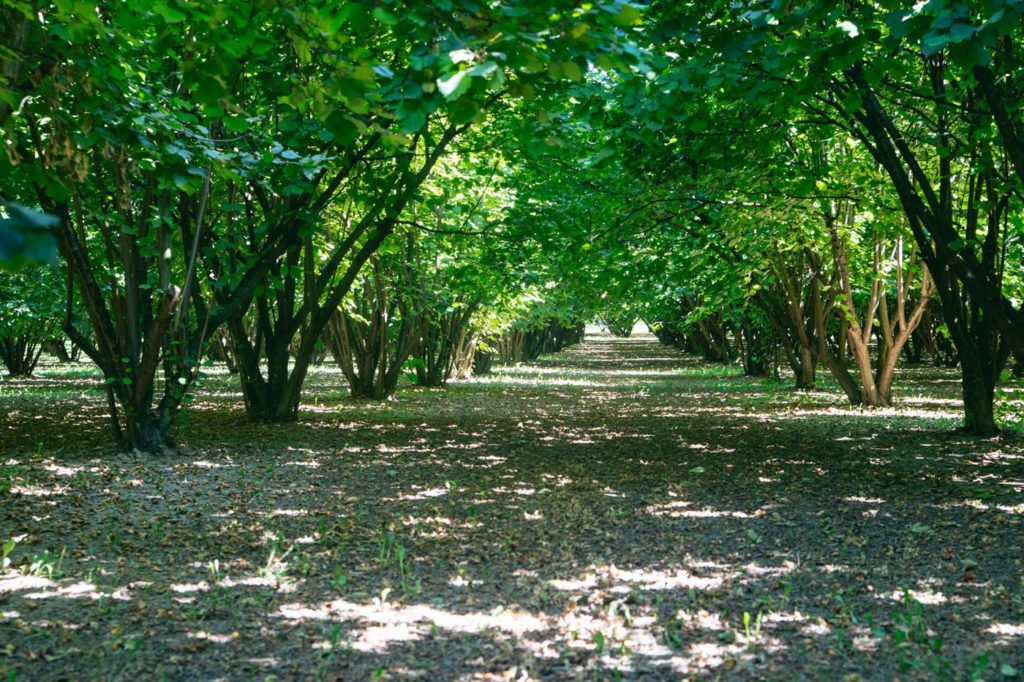

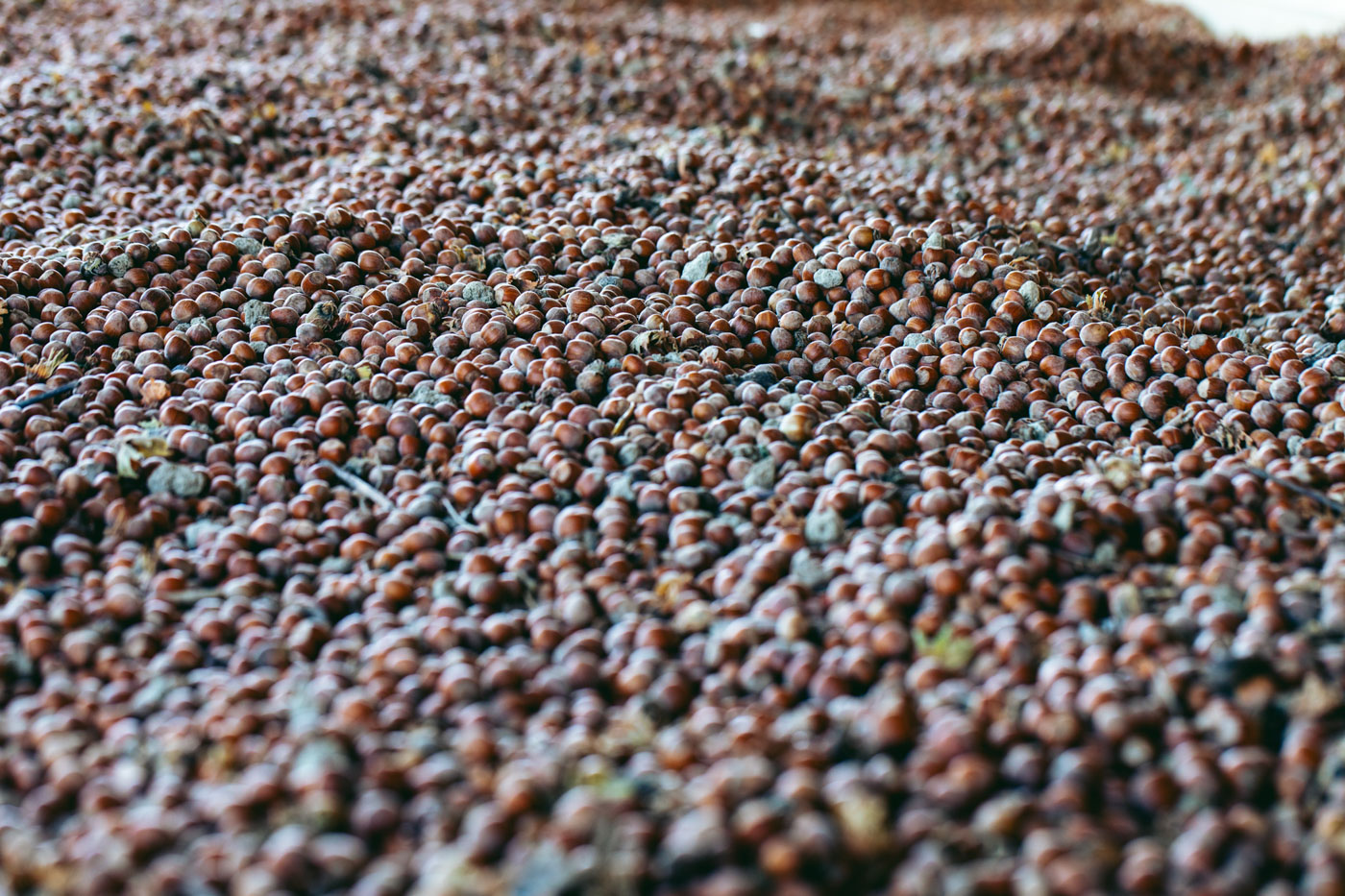
At Relanghe, torrone is made with only three ingredients: sugar, honey and hazelnuts. With this simple recipe, the Cerettos chose to approach the production of their torrone in the same way that they approach the production of their award-winning wines: by cultivating the best ingredients and allowing them to speak for themselves. It is for this reason the Cerettos’ orchards produce only one kind of hazelnut—the Nocciola Piemonte I.G.P.—for all Relanghe products.
Just as the Nebbiolo grape is the key ingredient in a perfect Barolo wine, the Nocciola Piemonte I.G.P. is the core of the perfect Piemontese torrone. This particular variety of hazelnut is named Tonda Gentile Trilobata, referring to its attractive round shape, distinguished by three bubbly segments. This hazelnut belongs to an exclusive list of Italian food products known as Indicazione Geografica Protetta (Protected Geographical Indication). Each of the products on this list can only be produced in a specific region of Italy. In the case of the Nocciola Piemonte I.G.P., cultivation is restricted to around eighty small towns within Piedmont. There are more than a dozen varieties of hazelnuts in varying shapes, sizes and colors grown elsewhere in Italy and around the world, but the Nocciola Piemonte I.G.P.—which is valued for being especially rich in oil—cannot be cultivated outside of Piedmont.
Those of us with a real passion for food are probably familiar with the idea that certain foods are associated with certain regions. When preparing for a party, we may deliberately select a bottle of champagne and a jagged hunk of parmigiano-reggiano. However, when it comes to choosing a crunchy accompaniment, people might head to the bulk bins to scoop unlabeled mixed nuts into a bag without further thought. Although the farm-to-table movement has raised awareness about the importance of knowing where our food comes from and, in doing so, has expanded the reach of the word terroir beyond the esoteric world of wine, nuts are still largely considered an unspecialized commodity.
In the Langhe, the same hills that produce Nebbiolo grapes for bottles of Barolo (which is recognized as Denominazione di Origine Controllata e Garantita, the highest level of quality in the world of Italian wines) have, for centuries, also been used for the production of the Nocciola Piemonte I.G.P. The Ceretto family owns several estates overlooking these hills, nearby the original location where Riccardo Ceretto first established the family winery. In August, I joined Riccardo’s granddaughter, Roberta Ceretto, in the tasting room at one of the estates, Tenuta Monsordo Bernardina. With a bowl of hazelnuts and bottles of wine in front of us, she explains: “Where you don’t have vineyards here, you have hazelnuts. They are good partners because the best exposure for the vineyards is south, while hazelnuts can be planted to the north. Usually they are on the same hill on one side and the other.”
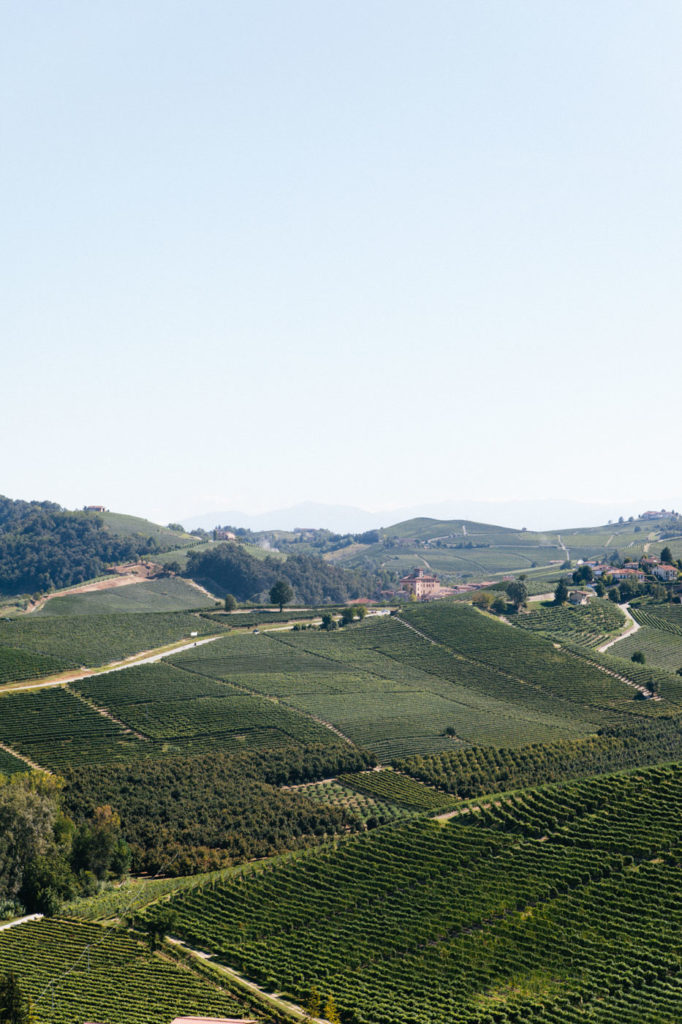
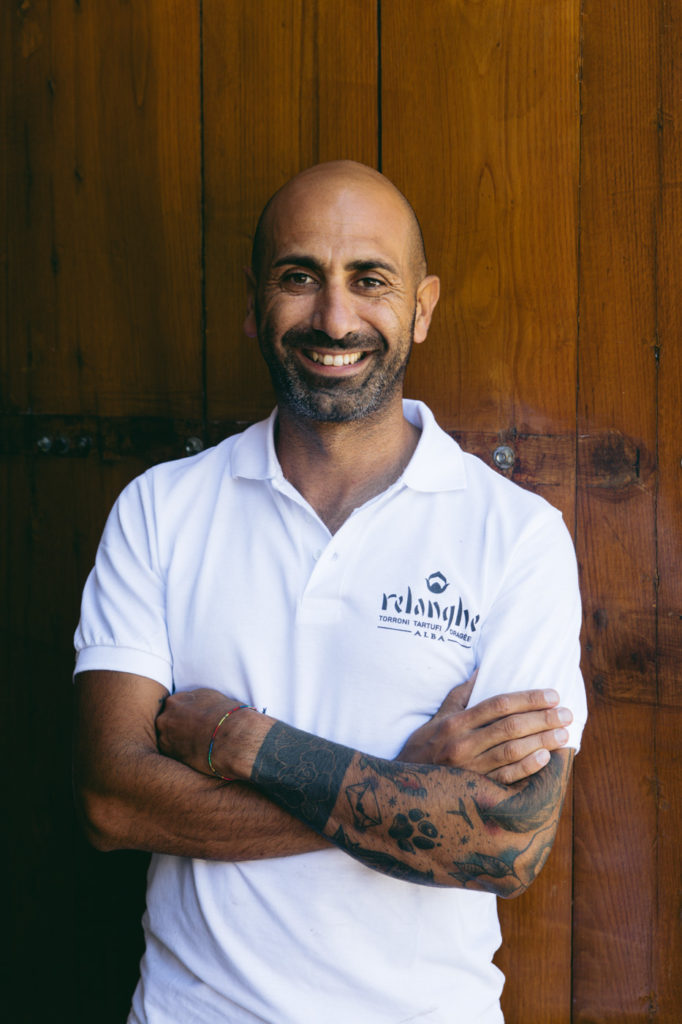
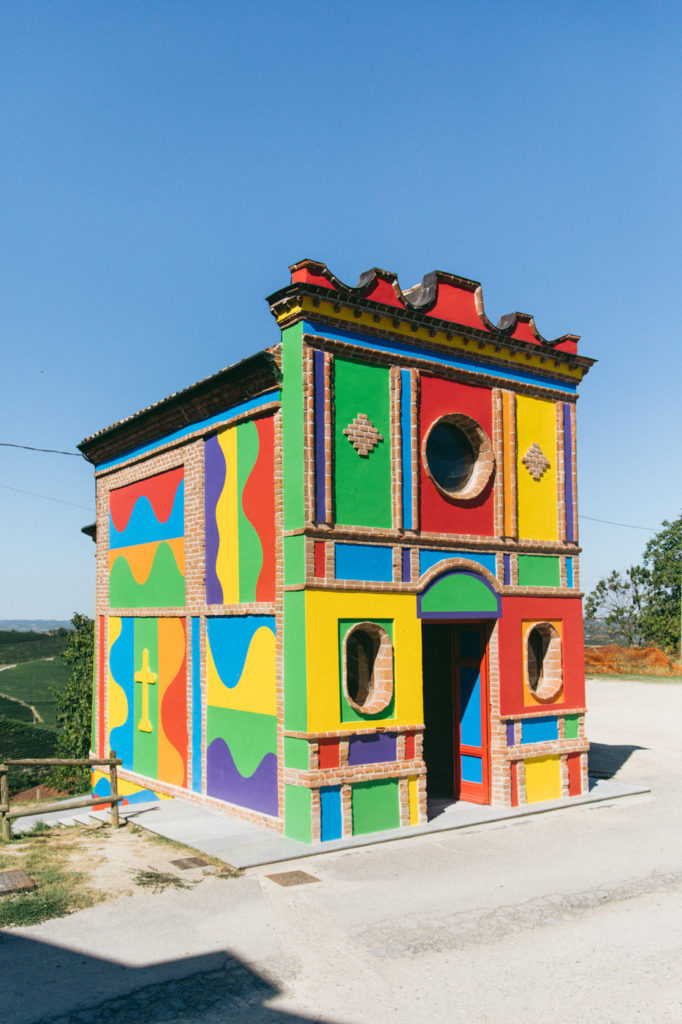
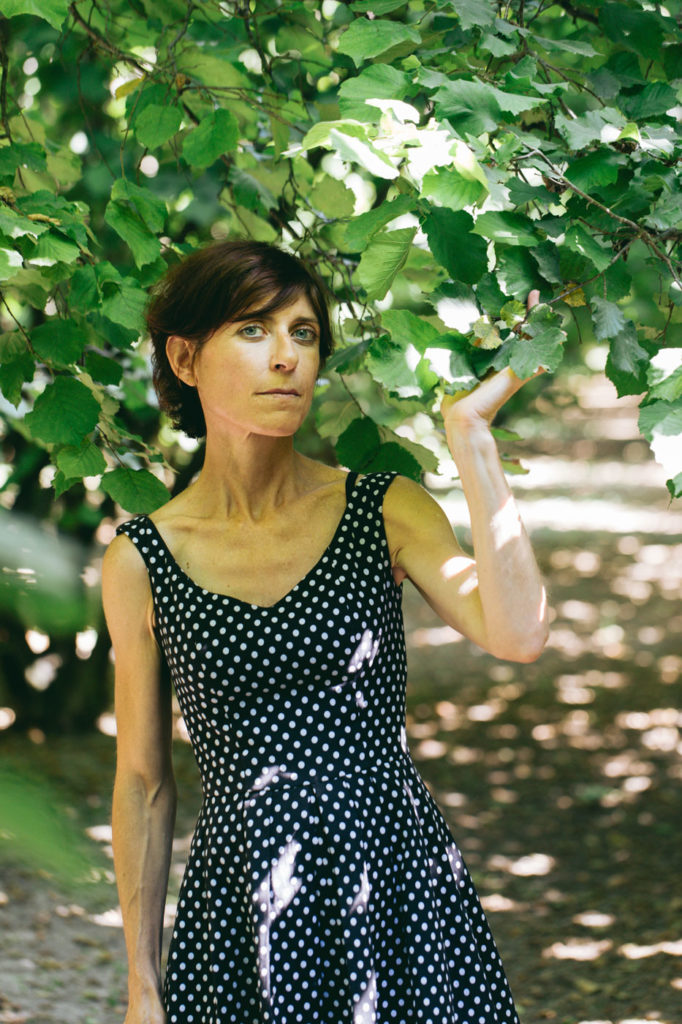
In the vicinity of Barolo, where an acre of land can sell for the equivalent of several million dollars, any land that is not ideal for vineyards is generally used for growing hazelnuts. In fact, the Langhe—which is not one of the twenty official regions of Italy, but a designated area within Piedmont that has been recognized as a UNESCO World Heritage Site—is divided into the Alta Langa and Bassa Langa based on differences in altitude. One finds more vineyards and truffles in the Alta Langa (High Langa), while hazelnut orchards are frequently planted in the Bassa Langa (Low Langa).
Although hazelnut orchards require far less maintenance than vineyards, it takes about the same time to produce a bottle of Barolo as it does to grow a hazelnut. The vineyards begin producing fruit around the fifth year after being planted, while hazelnut trees require nearly ten years before they begin to fruit. However, hazelnuts can be enjoyed right after their harvest, while Barolo wine must be aged according to strict regulations for several years.
A decade might seem like a long time to wait for a bottle of wine or a handful of hazelnuts, but Roberta points out, “Time is different when you work in agriculture. For us, nine years is nothing.” She recalls how her uncle (who was the previous winemaker of the family business before her cousin Alessandro took over) would remember historical moments in relation to the harvest. She laughs, telling me, “He’d say to us, ‘In 1969, the harvest was like this and also a man landed on the moon…’” Adding more solemnly, “If you live in a big town, you don’t see nature happening. I don’t work directly with the vineyards or orchards, but I remember what happens every year. I remember all the pains we have suffered because it rains too much, it doesn’t rain, it hails or snows.” She remembers 2017 as “a tragedy for the hazelnuts,” when the Ceretto hazelnut orchards—which now cover roughly two hundred acres—were severely impacted by both drought and foreign pests. (At the time of my visit, the 2018 harvest was already under way and looking more promising.)
Both hazelnuts and grapes are harvested in the Langhe over the course of a few weeks around the end of August to mid-September, depending on the weather. Unlike the intense work of harvesting the vineyards in which the vines must be closely monitored and the grapes must be hand-picked, harvesting hazelnut orchards is done by a specialized tractor that collects the nuts after they have fallen to the earth of their own accord. Once the hazelnuts are harvested, they are laid out to dry for several days and then sorted by hand to eliminate any twigs or stones before being shelled and roasted. Relanghe controls every step of this process—from tending to the hazelnut trees according to biodynamic specifications, to hand-packaging the torrone—in order to preserve the quality of the Nocciola Piemonte I.G.P.
Relanghe’s initial singular dedication to torrone quickly resulted in an unexpected problem of supply and demand. In Italy, torrone is historically associated with Christmastime. Although the flavors may be timeless and the candy holds up better than other sweets during hot Italian summers, for about ten months of the year Italians simply are not interested in buying the product. In order to employ year-round staff, Relanghe had to diversify its offerings.
Inspired by another Italian dessert, salame dolce (which, according to Roberta, is traditionally made from the chocolates and biscuits leftover from a party), they crafted a creamy chocolate hazelnut confection speckled with hazelnut cookie pieces. The treat was given a modern, elegant shape, wrapped in golden packaging and named lingotto (gold brick). Relanghe also created chocolate hazelnut truffles as a tribute to the true truffles that grow in the soil of Alba. The Cerettos are even known to use the same tool devised to shave savory truffles over pasta to shave their sweet truffles over panna cotta. From the utterly extravagant to the pure perfection of plain roasted hazelnuts, Relanghe now offers hazelnut-centric delights in many forms, including the popular hazelnut cake.
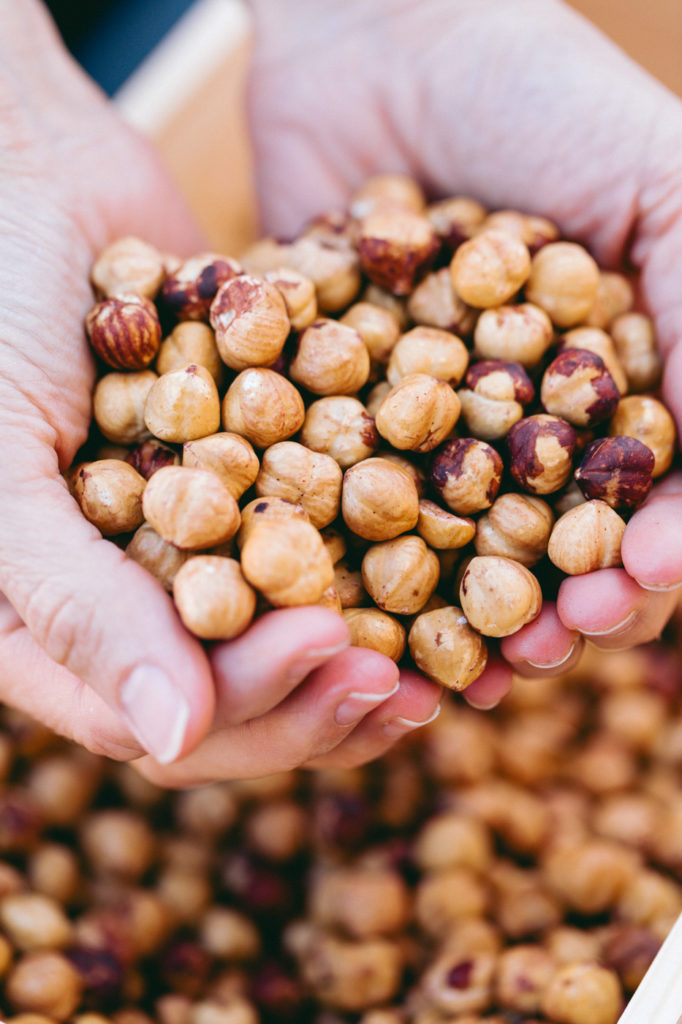
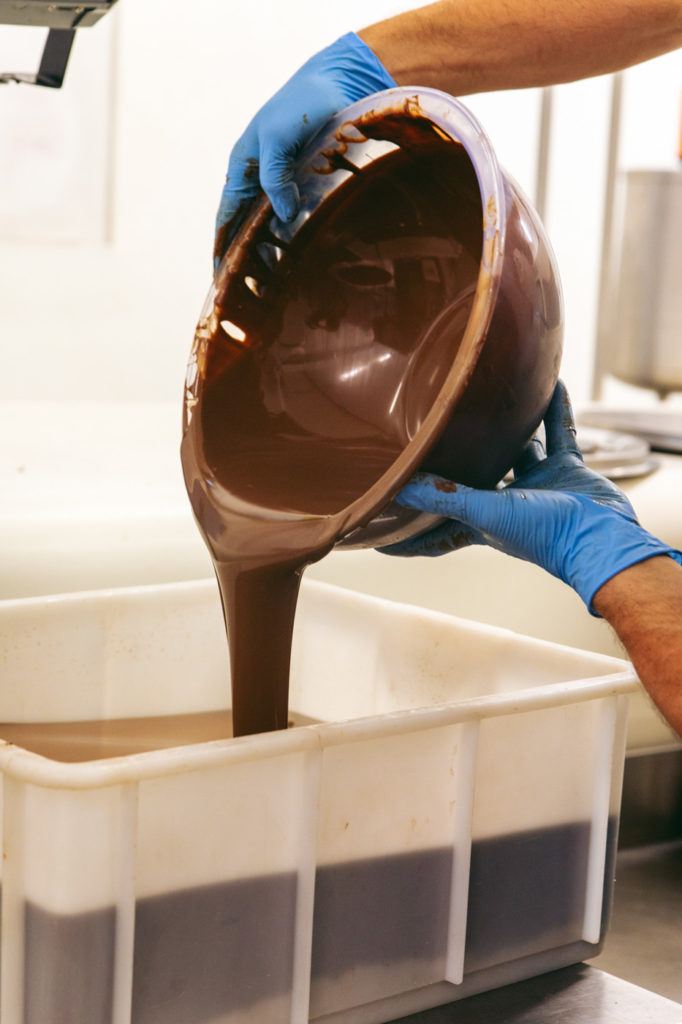
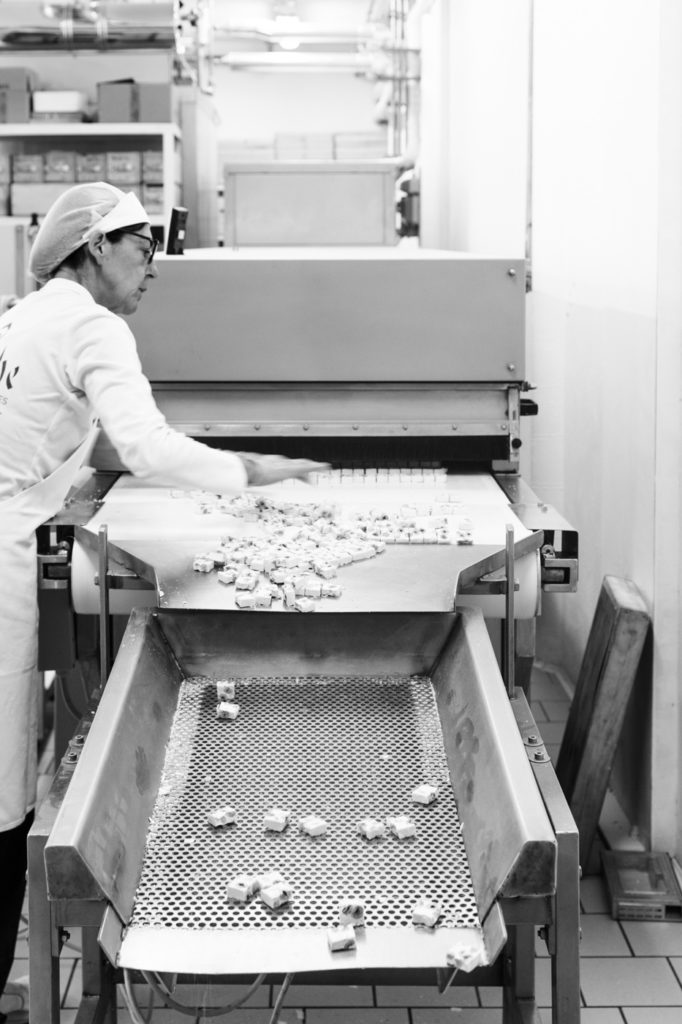
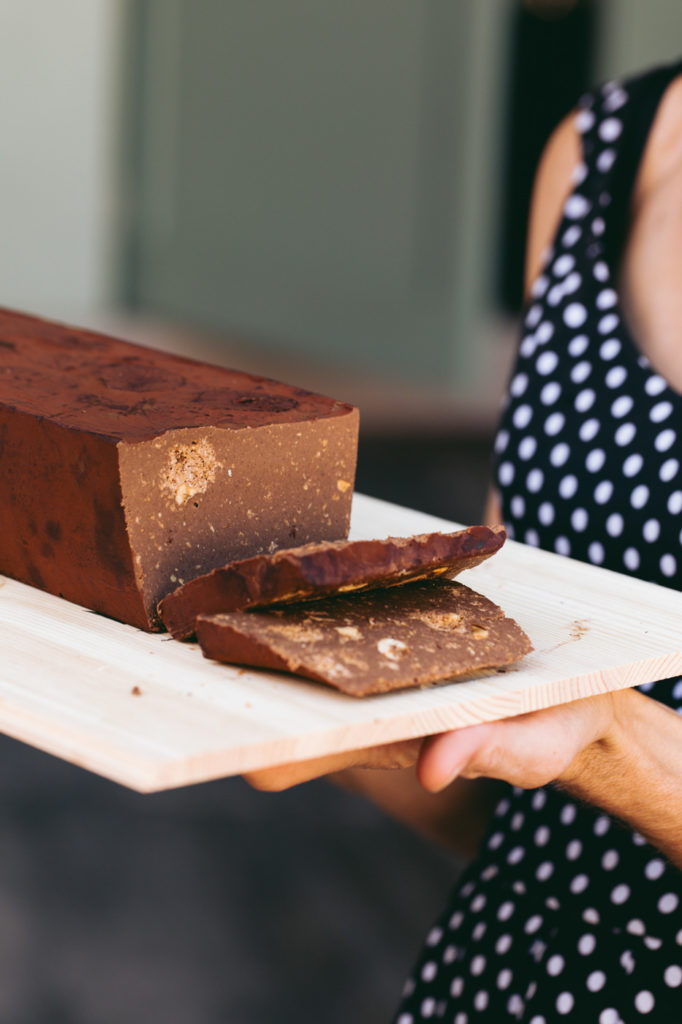
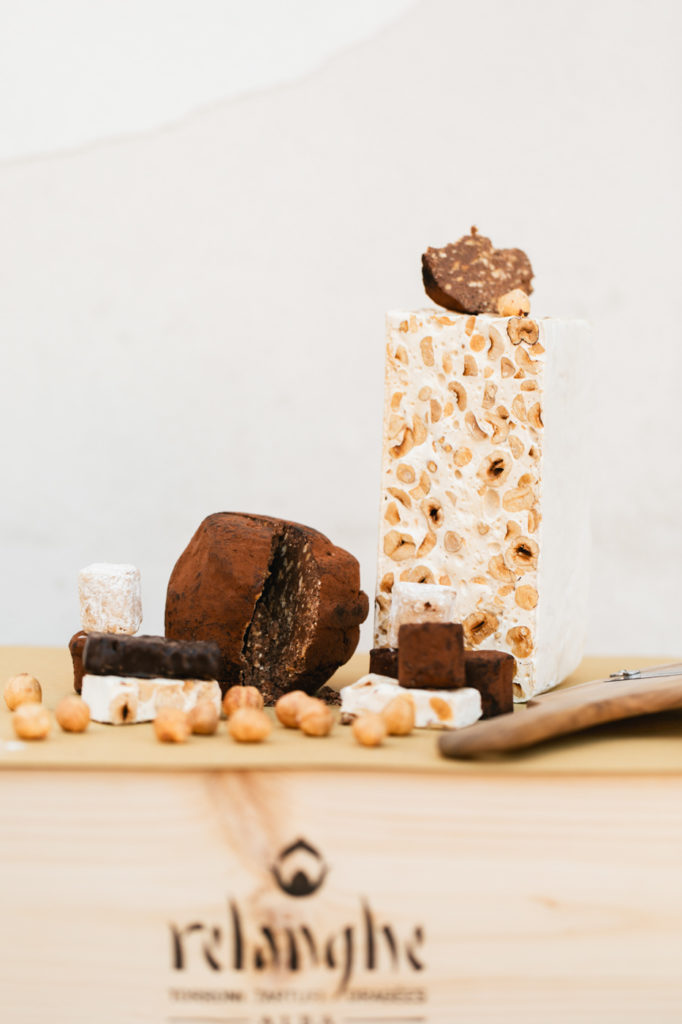



While every good nonna in Piedmont has her own hazelnut cake recipe, the creator of the Relanghe version, Enrico Crippa, is not from Piedmont and certainly isn’t a nonna. Crippa is the chef of Piazza Duomo, a restaurant he co-owns with the Ceretto family, which has earned three Michelin stars and a rank at number sixteen on the list of San Pelegrino’s World’s 50 Best Restaurants.
Seated across from me in the reception area of the restaurant before the lunch rush, Crippa recounts how he developed the recipe for the hazelnut cake over the course of two years. The challenge of inventing a new take on this classic cake was compounded by the need to make it feasible for Relanghe to prepare the cake on a larger scale so it could be sold and enjoyed outside of the restaurant. Crippa played with traditional and modern interpretations, and spent significant time experimenting with the hazelnut-roasting process. Ultimately he settled on a gluten-free recipe that relies on hazelnut flour for its delicate texture and heady flavor.
When I dined at Piazza Duomo, Crippa demonstrates that hazelnuts continue to serve him as a source of inspiration. The meal’s many courses came to a close with an avant-garde multi-layered cake, which was light as air and filled with hazelnut cream. Contrary to the unassuming appearance of his signature hazelnut cake, this one was presented in the form of Monte Viso, the highest mountain of the Cottian Alps in Piedmont. I was elated to recognize the sharp, pointed shape of the dessert as I had hiked a portion of the mountain only two days before.
Crippa also utilizes the Nocciola Piemonte I.G.P. at the restaurant in a variety of savory dishes. Hazelnut flour plays a starring role in Piazza Duomo’s bread rolls which are topped with crushed hazelnuts, and handmade pastas, such as tagliatelle and agnolotti, while hazelnut oil is often used as dressing for vegetable and meat dishes.
The dedication of the Ceretto family and their creative collaboration with Chef Crippa demonstrates that the world’s finest wines and best restaurants are built on individual ingredients, carefully cultivated or skillfully foraged. If we are willing to travel for grapes and mushrooms, there is hope for the humble hazelnut.





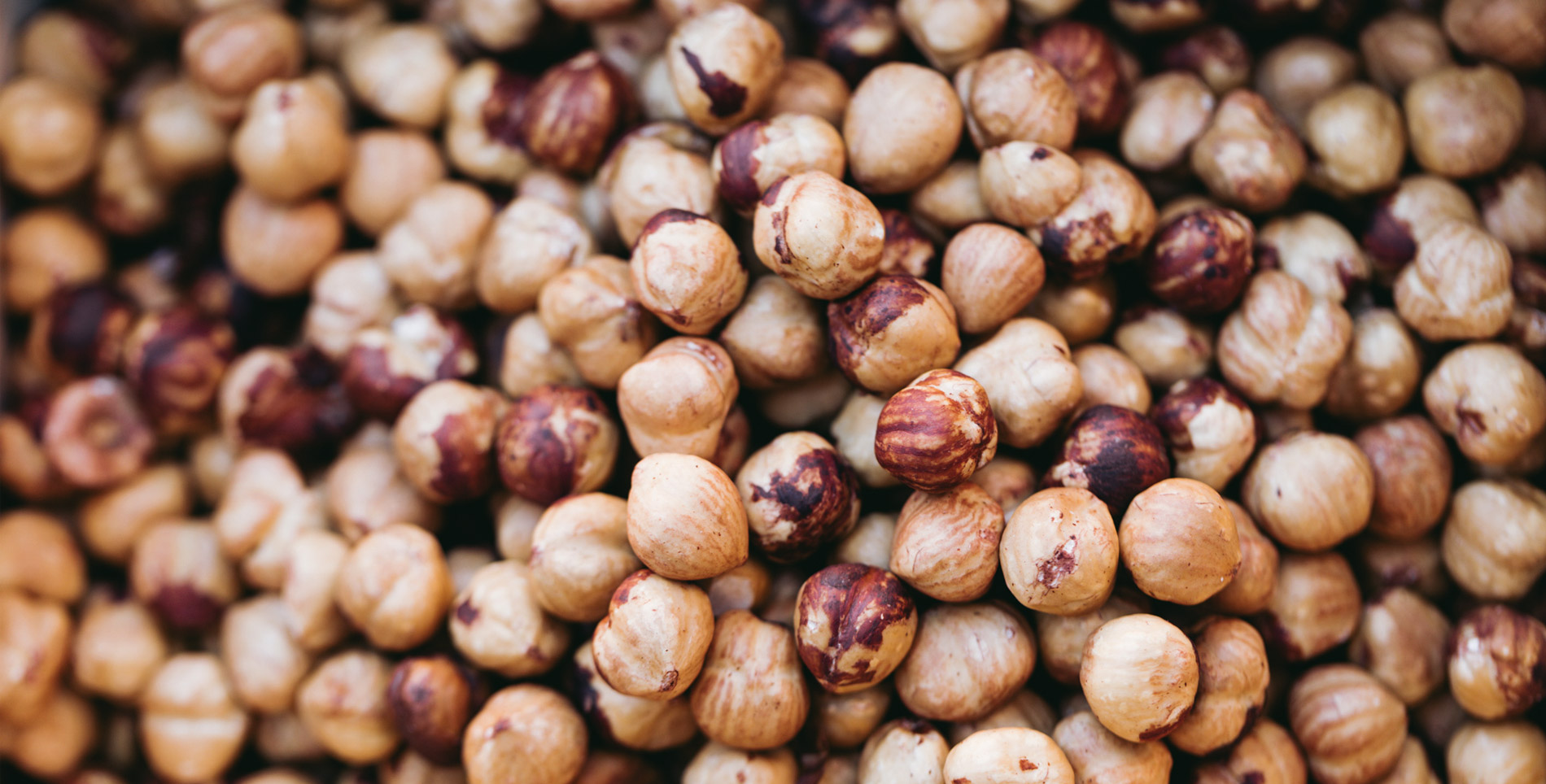

Our comments section is for members only.
Join today to gain exclusive access.